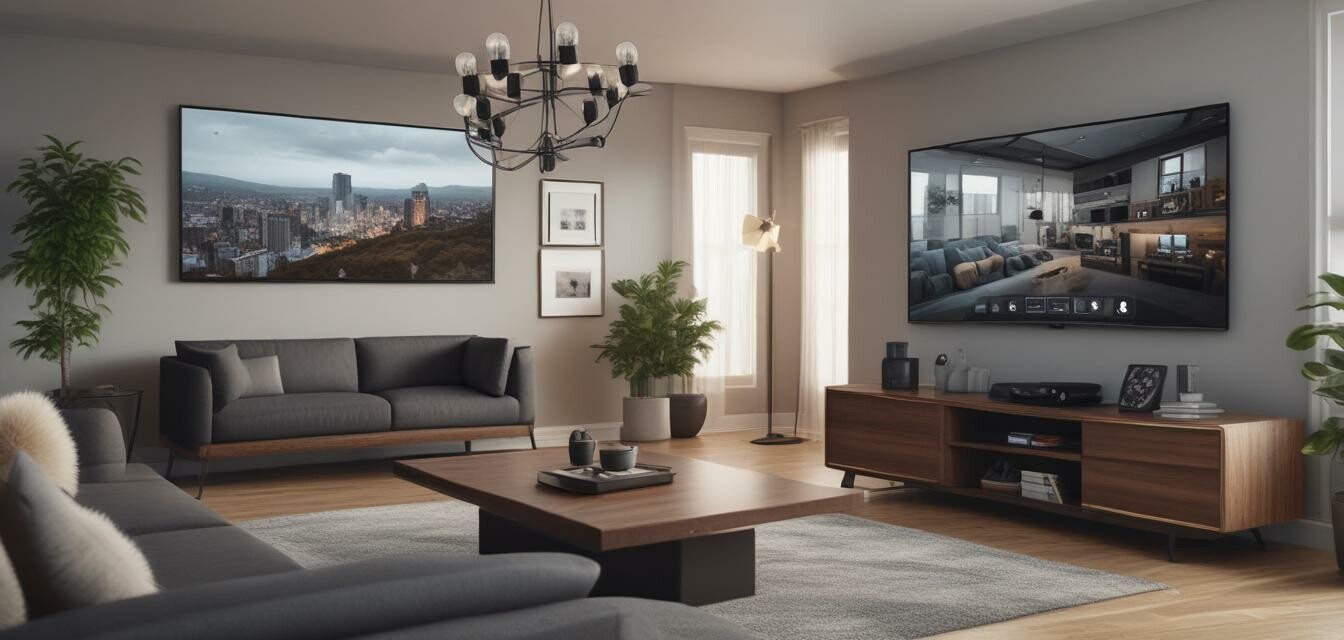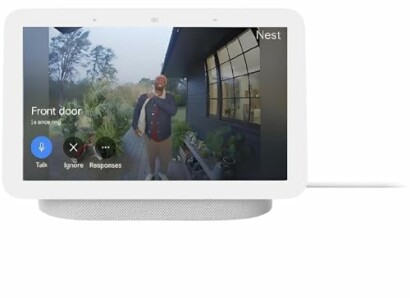
Smart Home Security
Setting Up Remote Monitoring for Your Security System
Key Takeaways
- Remote monitoring enhances your home security capabilities.
- Smart displays like the Google Nest Hub facilitate easy access to camera feeds.
- Ensure your devices are compatible with your security system for seamless integration.
- Follow step-by-step setups for cameras, sensors, and displays for optimal functionality.
Establishing remote monitoring for your home security system enables you to keep an eye on your property from virtually anywhere. Integrating smart devices can enhance your security, allowing for real-time updates and greater peace of mind.
What You Need to Get Started
- A compatible home security system
- High-speed internet connection
- Smart devices such as cameras, sensors, and a display
Choosing Your Smart Devices
Your choice of smart devices plays a pivotal role in securing your home. Below is a brief overview of essential smart devices:
| Device | Function | Example |
|---|---|---|
| Surveillance Cameras | Monitor areas around your home | Smart Security Cameras |
| Motion Sensors | Detect movement in and around your home | Motion Sensors |
| Smart Display | Access camera feeds and control security settings |
Google Nest Hub 7” Smart DisplayCompact and powerful, the Nest Hub blends seamlessly into your home, allowing you to control your security system through voice commands. Learn More |
Step-by-Step Setup Guide for Remote Monitoring
- Install your devices: Ensure all chosen devices, such as cameras and sensors, are correctly installed according to the manufacturer's guidelines.
- Connect to Wi-Fi: Each device should be connected to a reliable Wi-Fi network.
- Download necessary applications: Use your device's respective applications to facilitate integration and monitoring.
- Integrate and configure: Follow the app instructions to integrate devices into your security system for unified control.
- Set up notifications: Configure alerts and notifications to receive immediate updates on any security events.
Testing Your System
After you’ve set up your devices, confirm that everything is functioning properly:
- Check camera feeds for clarity and motion detection.
- Test your sensors by simulating movement.
- Verify notifications are received in a timely manner.
Best Practices for Remote Monitoring
- Ensure your network is secure by using strong passwords.
- Regularly update the firmware of your devices to keep your system safe.
- Monitor alerts consistently and customize settings as needed.
- Utilize smart security cameras for improved surveillance options.
Pros
- Real-time monitoring from anywhere.
- Improved responsiveness to security threats.
- User-friendly interfaces for controlling systems.
Cons
- Potential privacy concerns with cloud storage.
- Dependence on stable internet connectivity.
Conclusion
Setting up remote monitoring for your home security system not only provides peace of mind but becomes essential in ensuring your safety. By using smart devices and following the outlined steps, you can effectively safeguard your property while staying connected. Don't forget to explore additional resources in our Home Security How-Tos category for more tips and guides!
